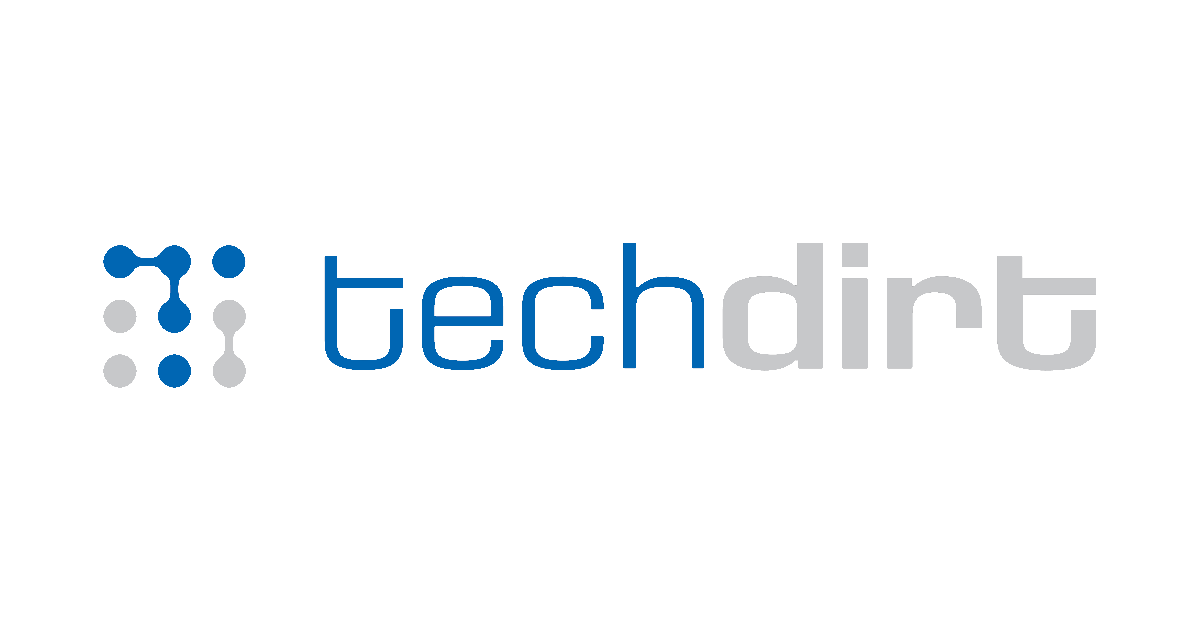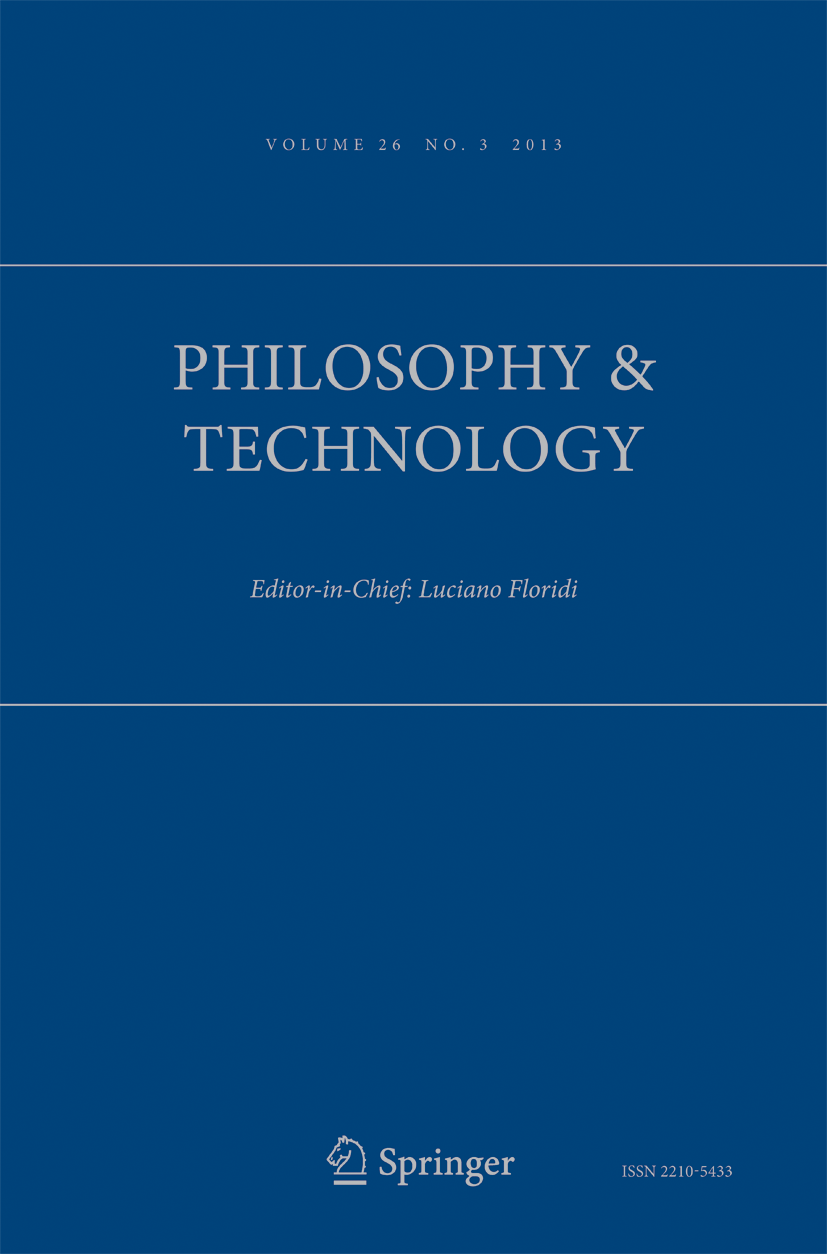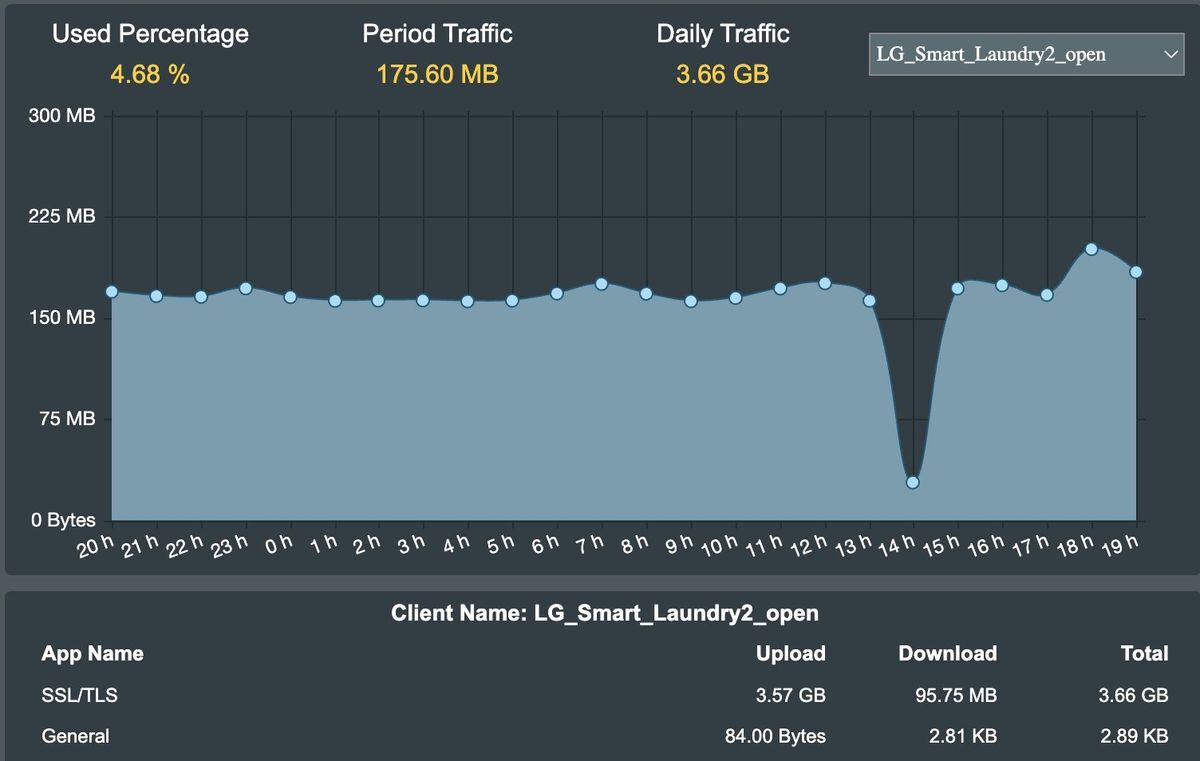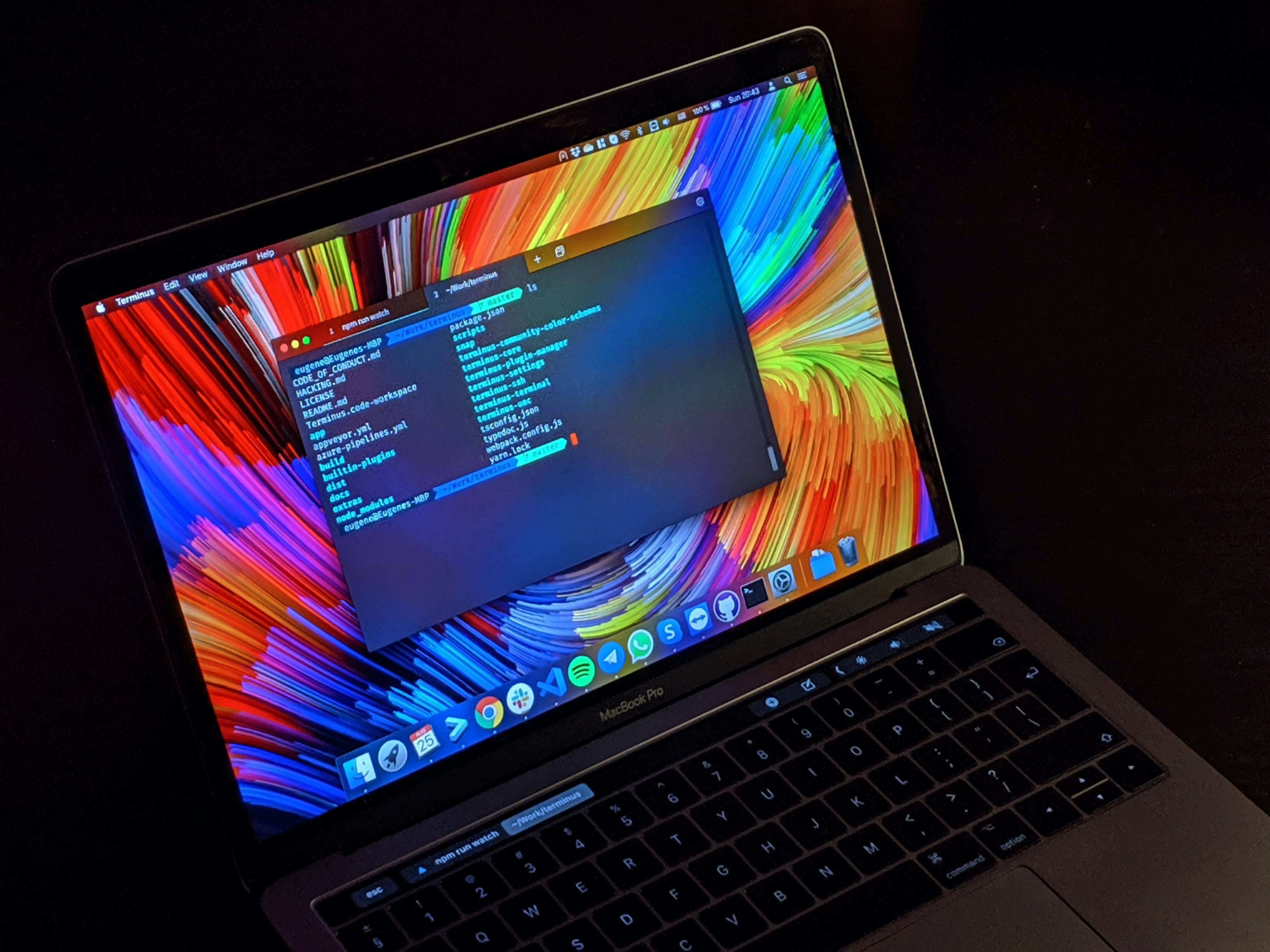minnix
Admin: lemux
Issues and Updates: !server_news
Find me:
mastodon: @minnix@upallnight.minnix.dev
matrix: @minnix:minnix.dev
peertube: @minnix@nightshift.minnix.dev
funkwhale: @minnix@allnightlong.minnix.dev
writefreely: @minnix@tech.minnix.dev
- 22 Posts
- 29 Comments

 52·10 days ago
52·10 days agoYes I watched your video. So many wrong comments from ignorance. And blaming a protocol for the behavior of people? Another commenter here pointed out how Tor could be blamed in the same way. Why not just do away with the internet then? Ridiculous.

 52·10 days ago
52·10 days agoNothing wrong with the matrix spec. I’ve ran a matrix homeserver for several years now and have never had issues with illegal material. It’s free, open source, and self-hostable. If you have an issue with matrix.org that’s a different issue. Don’t use matrix.org servers. In fact, they have made it a point in their literature that they want you to use your own servers, they preach against centralization, and point out that matrix.org is an entryway to get you started, not an endpoint.
I am using Kinoite for quite a while now and not once did layering break anything.
That’s great for you. Not everyone may use their distro in the same way as you.
https://discussion.fedoraproject.org/t/is-silverblue-rpm-ostree-intended-to-be-used-with-layered-packages/26162/2 https://discussion.fedoraproject.org/t/fedora-silverblue-36-will-not-succesfully-deploy-after-layering-packages/77502/3 https://gitlab.gnome.org/GNOME/gnome-software/-/issues/991 https://github.com/coreos/rpm-ostree/issues/4280
Not to mention the whole Firefox debacle of including an outdated borked version based with the system install instead of just moving to Flatpak install of most recent stable release. There’s a very valid reason why package layering is discouraged by atomic maintainers and why toolbox is there by default as part of OS. And don’t even get me started on DKMS and driver installation.
So, the points in favor of Kinoite is sticking closer to upstream, however it seems like I would need to layer quite a few packages. My understanding is that this is discouraged in an rpm-ostree setup, particularly due to update time and possible mismatches with RPMFusion
It’s not only discouraged but often times it’s system breaking. I used Kinoite for a year before I just became too frustrated and gave up. The first thing I learned though was to stay away from package layering because it tended to break things more often than not. Basically if you can’t find or build a flatpak and you don’t want to use toolbox all the time, just stick with workstation. Immutable is great when deploying to multiple servers or locked-down corporate workstations, but it makes no sense for your personal setup especially if you’re already familiar with Linux.

 5·22 days ago
5·22 days agoEven more shocking is the revelation that somehow, even private DMs from Mastodon were mirrored on their public site and searchable. How this is even possible is beyond me, as DM’s are ostensibly only between two parties, and the message itself was sent from two hackers.town users.
I find this hard to believe but stranger things have happened.

 2·26 days ago
2·26 days agoThat’s too bad. Nova’s usually a good show.

 5·28 days ago
5·28 days agoI was thinking about the digg exodus to reddit just the other day.

 21·1 month ago
21·1 month agoNevermind then. I was gonna say Samsung’s default mail app does what you want and afaik has no connection with Samsung or Google servers.

 11·1 month ago
11·1 month agoWhat model phone do you have?

 2·1 month ago
2·1 month agoIf you’re serious about it, yeah I can.

 21·1 month ago
21·1 month agoYeah https://zulip.com/ they’re actually pretty awesome

 16·3 months ago
16·3 months agoWhat was the reason?

 1·3 months ago
1·3 months agoI know about it. It’s pretty popular, so much in fact that you can buy a wide range of routers with it preinstalled.

 8·5 months ago
8·5 months agoIf you can get away with a non North American number, most countries will give you a SIM for free or next to nothing and you pay only once for pre-paid service, no monthly fee.
Response seems pretty reasonable to me.

 231·7 months ago
231·7 months agoProbably true convergence between mobile and desktop, where your linux phone is powerful enough to be your only computing device. You would only need something like a lapdock (basically a laptop without the guts) and instead of a cable connecting the two, a slot maybe somewhere within the keyboard that your phone slips into. Maybe this exists already, I don’t know.

 6·8 months ago
6·8 months agoOP I crossposted your question here https://lemux.minnix.dev/post/123971
I learned quickly that installing apps the traditional way causes pretty major instability. You’re basically rebasing the entire OS via ostree to install one application. After my second nuke and pave due to updates no longer working from me rebasing I took the time to learn toolbox so if a flatpak is not available I can still use an application (containerized) without altering the OS. Toolbox by default pulls in another Fedora install as the app base. I recommend using Alpine instead, much smaller and lighter.
I guess the moral of the story is learn to install applications the correct way, or just don’t use an immutable OS




















Feel free to link us to these abusive communities then since you are making a singular claim yourself.